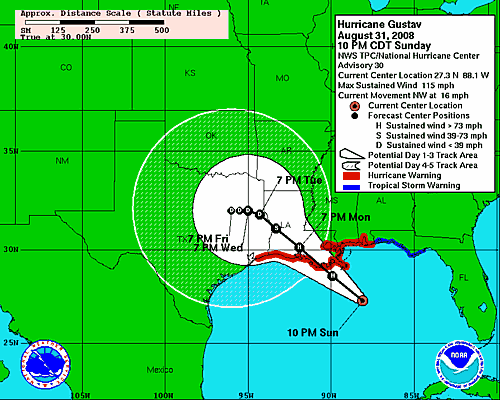Ever since moving to Texas, we’ve had a lawn. I had spent months looking forward to the opportunity to take care of the lawn, even though we’re renting the house. Lawncare seems silly – a caricature of suburban American life. It’s important to me for two reasons. The first is the peace of mind a little sweat and toil can bring. The second is that the American lawn is a micr0cosm of the problem with America: soaked in chemicals, the lawn is a monoculture sustained not by the health of the grass but by the brutality of the agents brought to bear against invaders.
A lawn consists primarily of a single type of grass. After some careful study and comparison, I’ve determined our lawn is Bermuda grass. It’s a species capable of withstanding the brutal summers of the American Southwest [1], growing best when in direct sunlight and temperatures between 75-99 degrees Fahrenheit and faring poorly in shade. It can put down deep roots, giving it access to water many inches below where standard weeds can put down roots.
Accepting for a moment that the preservation of the monoculture is the highest good in lawncare, there are right and wrong ways to promote the Bermuda grass. First and foremost is the simple evolutionary rule that the dominant species will maintain dominance through traits best suited to the situation.
I didn’t do my homework on my lawn before the spring came. I did do a few right things – I put down some fertilizer to enrich the nitrogen content of the soil. However, not realizing that deep roots (and thus resilience against dry conditions) were one of the traits of Bermuda grass, I started watering my lawn several weeks ago. Instead of promoting the growth of the lawn – temperatures have only very recently entered the 70s and 80s – this promoted the growth of broadleaf weeds such as dandelions and chickweed. Bermuda grass needs SOIL temperatures between 75-99, and clearly I had jumped the gun. The grass was still brown because it was dormant, not because it was thirsty. My rookie move got me a bad dandelion and chickweed infestation.
By creating conditions favorable to weeds before the grass could naturally awake, green, and grow, I gave weeds the evolutionary advantage. They certainly took advantage; half my front lawn is chickweed, and half my back yard is dandelions.
In order to restore balance, I then had to do the very thing I wanted to avoid in the first place. This weekend, I was forced to put down post-emergent weed killer to prevent the chickweed from hoarding all the sun in the front yard and thus starving the Bermuda grass. Similarly, I had to stunt the growth of the dandelions in the back yard before their thick, broad leaves blocked all the sunlight. Since the dandelions were spraying seeds like crazy, I also had to put down a pre-emergent weed killer – something normally reserved for the fall. Instead of creating a healthy lawn with the dominant species being the grass, I gave weeds the advantage by watering too early.
So now I am in damage control mode, and I can only look to next year to get onto a more healthy cycle. Weed killer is a short-term solution that allows you to behave badly and still have a good-looking lawn.
I was encouraged, however, as I paid closer attention to the lawn. I pulled a number of weeds myself. In doing so, I got a look at the soil “under the hood.” There are a lot of worms – a good sign for the soil. I also paid attention to where the soil seemed rich and where it seemed poor. I grabbed bags of cedar mulch and put that down on the poor earth, in the hopes of stifling weed growth while improving the quality of that soil. In addition, I planted some grass seed in good soil that was otherwise bare.
This is a learning experience for me, and the health of my lawn hangs in the balance. I have a better understanding of the strengths and weaknesses of the Bermuda grass, and except to water-in the pre-emergent weed killer I’ve switched off lawn watering. When the tips of the grass start to curl, then they need water. I’ve got to plant other things in the shady parts of the lawn, where the Bermuda grass is less likely to thrive. Weeds have typically shallow roots (the dandelion tap root aside), and less watering will help choke their growth.
In the end, the lesson of the lawn will be the same as the lessons of industrial agriculture. If I substitute a love and understanding of the lawn for the power of chemical prowess, I will create a lawn unable to sustain itself, fight invaders, and fight infection. I will create a lawn that is a living tipping point. If, instead, I use the strengths of the lawn against the weaknesses of the invaders, I will create a dominant species capable of supporting and sustaining itself.



